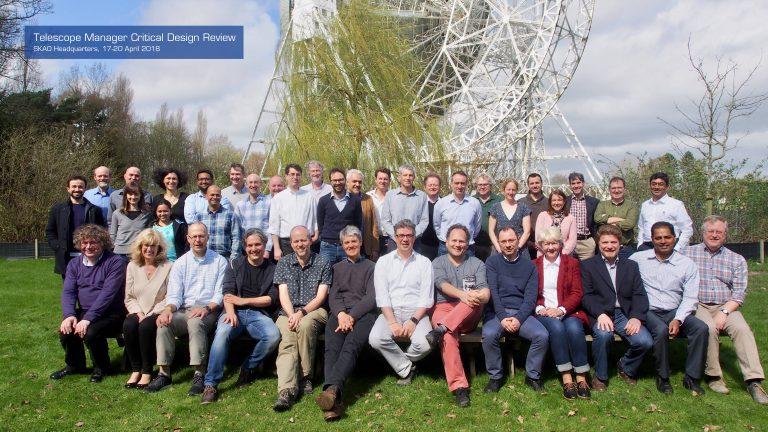Indian-led Telescope Manager consortium concludes design work on SKA

Formed in November 2013, the consortium was tasked with designing the crucial software that will control, monitor and operate the SKA telescopes. TM brought expertise in the field of Monitoring and Control for large-scale, complex systems and design of user interface experience.
Led by India’s National Centre for Radio Astrophysics (NCRA), the international consortium comprised nine institutions in seven countries.*
TM Consortium Lead Professor Yashwant Gupta from NCRA said “We can all take pride in the fact that we’ve successfully designed the software that will operate the world’s largest radio telescope. I would like to sincerely thank all the members of our international team for their hard work over the past few years that made it possible to achieve this important milestone.”
The TM work was part of a global effort by 12 international engineering consortia representing 500 engineers and scientists in 20 countries. Nine of the consortia focus on a component of the telescope, each critical to the overall success of the project, while three others focus on developing advanced instrumentation for the telescope.
After four years of intense design work, the nine consortia are having their Critical Design Reviews or CDRs. In this final stage, the proposed design must meet the project’s tough engineering requirements to be approved, so that a construction proposal for the telescope can be developed.
Following their successful CDR in April 2018, the TM consortium set about making the final adjustments to their proposed design which they have now completed. While the consortium now formally ceases to exist, the SKA Organisation continues to work with NCRA and the other former consortium members on the System Critical Design Review development and the SKA construction proposal, where their expertise will be required to make sure the TM design works alongside the other elements.
“The work done by the consortium has been outstanding,” said Maurizio Miccolis, TM Project Manager for the SKA Organisation. “We can now take it forward into the next phase of the SKA, which brings us one step closer to construction.”
*Consortium members included the Commonwealth Scientific and Industrial Research Council (CSIRO) in Australia, the National Research Council of Canada (NRC), TCS Research and Innovation and Persistent Systems in India, Italy’s National Institute for Astrophysics (INAF), Portugal’s ENGAGE SKA Consortium through Instituto de Telecomunicações (IT) & the School of Sciences of Porto University, the South African Radio Astronomy Observatory (SARAO), and the UK’s Astronomy Technology Centre funded by the Science and Technology Facilities Council (STFC).
Find out more about TM’s work, including photos and videos.




